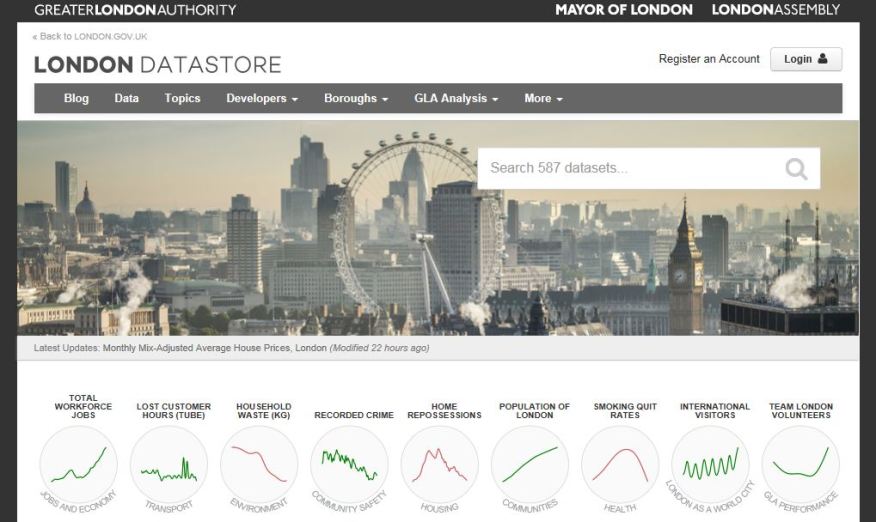
Road Network Operations
& Intelligent Transport Systems
A guide for practitioners!

Road Network Operations
& Intelligent Transport Systems
A guide for practitioners!
During recent years, the concept of Open Data has been widely promoted in Europe and North America. The basic principle is that if the data has been collected at public expense, it should be made available to anyone to use. This policy has been adopted by governments in the interests of transparency and accountability and to stimulate innovation and the development of added-value services and products. In Europe, the EU is a strong supporter of Open Data as a principle, and similar trends can be seen elsewhere in the world. Open Data is a concept, which particularly applies (but not exclusively) to public sector information. The transport sector includes major datasets owned by the transport industry in the public and private sectors (datasets such as timetables and real-time running information). To deliver a comprehensive open data policy for transport, these bodies need to come together to support the agenda.
An open data policy raises many challenges – such as privacy and personal data, commercial confidentiality, data quality and accuracy, and – not least – the cost of making data available. Many public sector data owners across the world have developed workable solutions for dealing with these. This includes making anonymous or removing personal data and implementing policies on charging for re-use of data in line with local/national policy or practice.
In 2012 it became UK government policy for each government department to publish an Open Data Strategy setting out what data sets it would make available over the next two years, and how it would stimulate a market for its use. A UK Open Government Licence has been developed to provide a common set of terms and conditions on the provision and use of public sector information. Government-owned datasets can increasingly be accessed from a “data warehouse” that is being developed into a National Information Infrastructure so that the most critical government data can easily be sourced from one place. (See: http://data.gov.uk )
The Department of Transport’s Open Data Strategy outlines the principles behind its data collection, management and release policies, and lists available data sets. These include core reference datasets (also known as “big data”) – that cover definitions of transport networks, timetables/traffic figures, planned/unplanned disruptions and performance figures. The strategy also signposts potential users to the type of licence needed to re-use the data. (See http://data.gov.uk/library/department-transport-open-data-strategy-refresh).
Intelligent Transport Systems are a “data-rich” and reliant on data and information. ITS needs data to operate, it creates data as it operates, and retains data after operations are complete. It includes data about transport networks (such as roads) and data about transport movements on the network (traffic counts, bus timetables, passengers and freight).
There is strong public interest in transport information – which can be used to inform travel choices, to improve performance and to hold operators and Government to account. Many organisations or individuals, other than the original data owner, can see value in the data – to create services or undertake research – for both commercial and non-commercial purposes. For them, a “data warehouse” provide a wealth of information. An example is Transport for London’s , London Datastore website, which provides access to large data holdings about London – as the figure below, showing its homepage, illustrates. (See Case Study: Open Data UK)

It is widely accepted that the data owner should not be expected to carry out a lot of work or incur a lot of expense to process the data to make it is more useful to those who wish to use it under Open Data arrangements. The data owner’s duty is usually limited to making the data available in its original state, when it was collected or used. The data owner may make its data holdings accessible through a dedicated website or by providing contact details for requests and may charge the data re-user for access to recover the cost of making data available.
Data owners often require those accessing the data to provide basic details of who they are and their intended purpose of use (to prevent inappropriate use). It has also become common for the original data owner to require data re-users to accept liability (See Liability) for any damage or loss sustained as a result of the service or product they create using the data. This may be achieved through a simple disclaimer tied to the accessing of the data. It is essential that no personal data is made available without being made anonymous.
The principles behind access to Open Data in ITS are gaining ground, and major users of data for ITS applications and services – such as Google and TomTom – see value in more and more countries adopting the policy.
Once a decision has been taken to embrace the Open Data concept, simple principles of good practice should be followed: